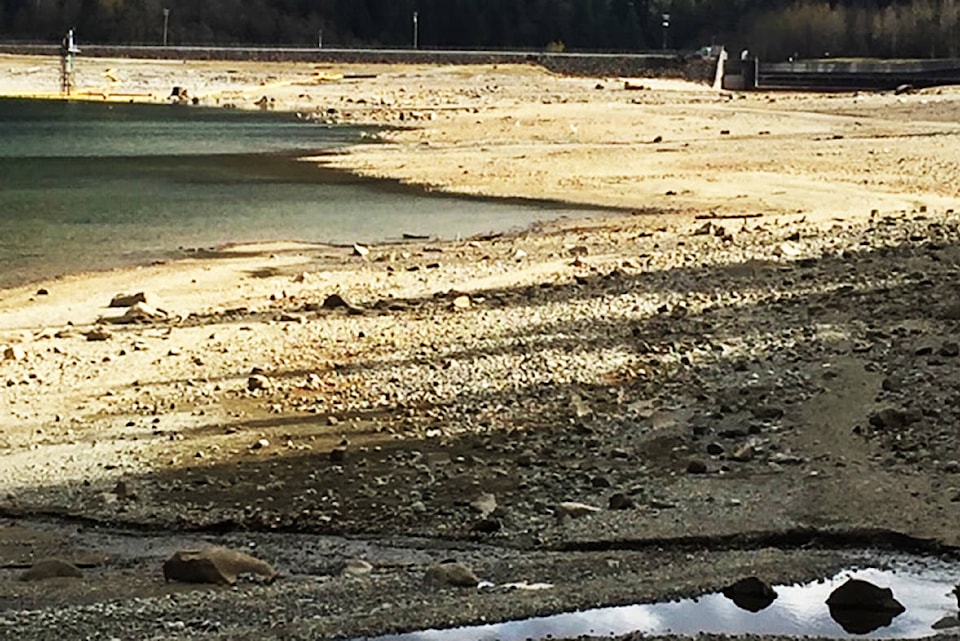Maple Ridge celebrated Earth Day two weeks ago and, as a member of the Alouette River Management Society, I was happy to attend with my fellow volunteers and staff and participate in the festivities at Memorial Peace park.
There is proven value in having a global day of activities to promote environmental awareness and education aimed at reducing the negative impacts caused by humans.
Sadly, over this past month, ARMS has experienced first-hand why Earth Day was initiated and can understand why the founders saw the need.
The official annual date of Earth Day is April 22 and was initiated in 1970 by a Wisconsin senator, Gaylord Nelson, who had witnessed the negative impact of a 1969 oil spill in Santa Barbara, Calf. and pledged to make a difference.
His idea was to have a national “teach-in” day to bring awareness to the public about air and water pollution and was inspired to do so by the energy that he was seeing from the anti-war movement of the day.
He felt that if he could channel that same energy into an environmental movement, he could initiate changes to industry and general human behaviours that were causing widespread damage to the environment.
The date was selected because it fell within the American university and college system’s spring break and finals period, as he was depending on student activism to move it forward.
His timing was appropriate for other reasons, too, as traction for change had already been inspired by a 1962 New York Times bestseller written by Rachel Carson called Silent Spring.
It had sold 500,000 copies in 24 countries and, according to the official Earth Day website, although it had not hit the mainstream public, “… it was beginning to raise public awareness and concern for living organisms, the environment and links between pollution and public health. Earth Day 1970 gave voice to that emerging consciousness, channeling the energy of the anti-war protest movement and putting environmental concerns on the front page.”
Nelson and his team managed to orchestrate 85 events across the United States on that first Earth Day in 1970 and 20 million Americans took to the streets in protest.
The result was that groups that had previously protested in isolation now realized they shared a common vision with others for change, and the energy Nelson had envisioned went on to influence the creation of the United States Environmental Protection Agency and the passage of the Clean Air, Clean Water and Endangered Species Acts.
In 1990, a key member of Nelson’s original team, Denis Hayes, took up the challenge to move Earth Day to the global stage and the uptake was immediate with 141 countries and 200 million people participating.
The global initiative “gave a huge boost to recycling efforts worldwide and helped pave the way for the 1992 United Nations Earth Summit in Rio de Janeiro.”
Each ensuing annual Earth Day has had a theme for the year and 2019’s was “Protect Our Species.” Humans are considered to be the greatest threat to all other species on the planet and the rate of extinction of other species is directly related to our activities, which are listed on the Earth Day website: climate change, deforestation, habitat loss, trafficking and poaching, unsustainable agriculture, pollution and pesticides.
The website also states that all is not lost, as we can change this trajectory for many species by changing our practices.
Over a billion people in 191 countries are now participating in the Earth Day celebrations and follow-up activities.
Now, reflecting on B.C. Hydro’s recent management of the Alouette Reservoir water levels, allowing levels to drop to the point that they risked the kokanee smolt out-migration, coupled with this week’s decision by Maple Ridge council to allow a high-density development in the watershed, despite fears it will impact the watershed and the species that depend on it, it is important to remember Nelson and Hayes, as well as Carson and the thousands who have come after them who are working to change such decisions through education and perseverance.
During the council debate about the development in the Alouette watershed, Coun. Gordy Robson, who voted against the development along with Couns. Kiersten Duncan and Ahmed Yousef, stated what most of ARMS board of directors were feeling when we saw the vote was moving to favour the development, “that this was a lost opportunity, as we will never get this land back.”
Coun. Robson is correct. But we can take a page out of Nelson’s playbook and change this type of decision making.
ARMS is advocating for changes to the Water Use Plan that B.C. Hydro has to renew, so it can no longer run such low levels in the reservoir.
ARMS is also requesting that a fish passage connecting the river to the reservoir be installed. Citizens can write the Water Comptroller of B.C. and support ARMS in this pursuit.
Citizens can also ask Maple Ridge council to change the zoning bylaw to include a provision that density bonusing can’t be applied within the Alouette watershed RS-3 and RS-2 zones, so the type of density that just got moved forward cannot come forward again.
These are two small requests that could make a big difference for this watershed and the species within it that don’t have a voice. ARMS lost the last two battles, but it is possible for all of us to win the war if more people speak up—hopefully before the next Earth Day.
Cheryl Ashlie is a former Maple Ridge school trustee, city councillor, constituency assistant and citizen of the year, and
currently president of ARMS.
